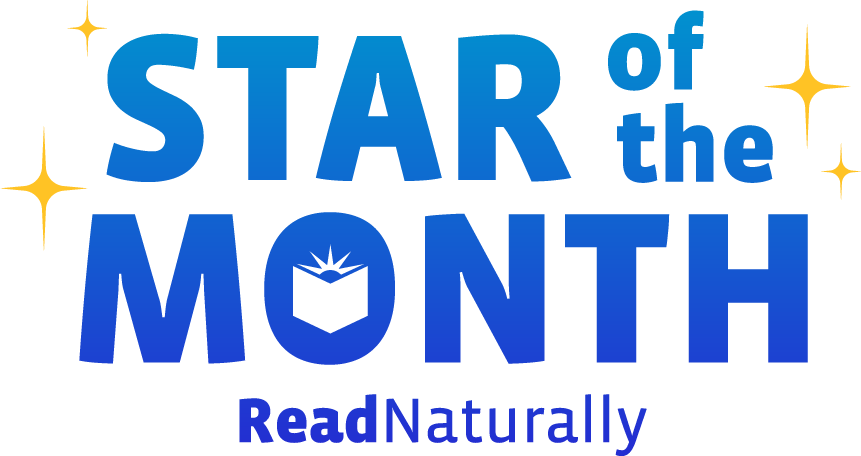Students using Read Naturally Live have completed more than 1,000,000 stories! Since being released in June of 2011, thousands of teachers have used Read Live with tens of thousands of students. We have received fantastic feedback from teachers and students, and it’s clear Read Naturally Live is the best version of the Read Naturally strategy ever. I have a feeling two million stories isn't that far off.
Read more Congratulations to Star Student Garrett J. from Beebe, AR! Garrett is a tenth-grade student at Beebe High School. Garrett’s teacher, Jody Woodard, had this to say about him:
Read more Which students will you assess for weaknesses in phonics? In some schools and at some grade levels, teachers are required to assess all students using specific assessment tools. In other schools and perhaps in higher grade levels, teachers may want this valuable information, but recognize that individual diagnostic testing of all students is not necessarily an effective use of time.
Read more Earlier this year, our award-winning One Minute Reader program jumped off the page and onto the tablet. The free version of the One Minute Reader iPad app was an instant hit, giving developing readers everywhere the opportunity to try a unique fluency-building strategy that really works. Thousands of excited parents and teachers have since purchased additional One Minute Reader content through the in-app bookstore. Today, we’re happy to announce that it’s even more convenient and less expensive to purchase this content—just in time to ensure your students continue making gains over the summer.
Read more You pick up a magazine and read an article, start to finish. You put the magazine down and realize you can’t recall anything about the article—not because you couldn't comprehend what you read, but simply because you didn't. This happens to even the most fluent readers. Comprehension may be the purpose of reading, but it’s never a guarantee.
Read more Have you ever looked at your to-do list and wondered when it became so unwieldy? Lists seem to have an affinity for lengthening instead of shortening. It’s true of to-do lists, and it can be true of student lists in Read Live.
New students are added to your Read Live database each year. Additionally, many administrators import their entire student body into the database, even though some students don’t use Read Live. While these features offer convenience, they can also result in excess “clutter” to sort through when working with students or generating student reports. Thankfully, there are quick and easy ways to shorten your student lists to show only the students with whom you are working.
Read more Congratulations to Star Student Saydee P. from Mokelumne Hill, CA! Saydee is a sixth-grade student at Mokelumne Hill Elementary School. Saydee’s teacher, Mary Schoenthaler, had this to say about her:
Read more What makes Sherlock Holmes such a great detective? Many would say it’s his remarkable attention to detail: Holmes doesn’t just climb a set of stairs; he knows exactly how many steps there are. Others would credit his ability to infer: Holmes is a master at interpreting subtle hints. And what about the way he connects information? Holmes can always piece together the clues needed to solve his case.
Read more We've made some changes at www.readnaturally.com and I’d like to share some of the new pages. If you’re interested in Response to Intervention, Differentiated Instruction, or English Language Learners, you’ll find these resources extremely valuable.
Read more Wouldn't that be wonderful! In reality, many students are impatient for your help. Fortunately, Read Naturally has a few tricks up its sleeve to keep your students engaged as they wait.
When students reach their goal on a Read Naturally story, they should read the story again, answer the comprehension questions, and continue practicing until you’re able to pass them. After completing these tasks, students should work on wait-time activities.
Read more  Share your student’s success story—nominate him or her for our Star of the Month award. Win a Barnes & Noble gift card for the student and a Read Naturally gift certificate for your class!
Share your student’s success story—nominate him or her for our Star of the Month award. Win a Barnes & Noble gift card for the student and a Read Naturally gift certificate for your class!